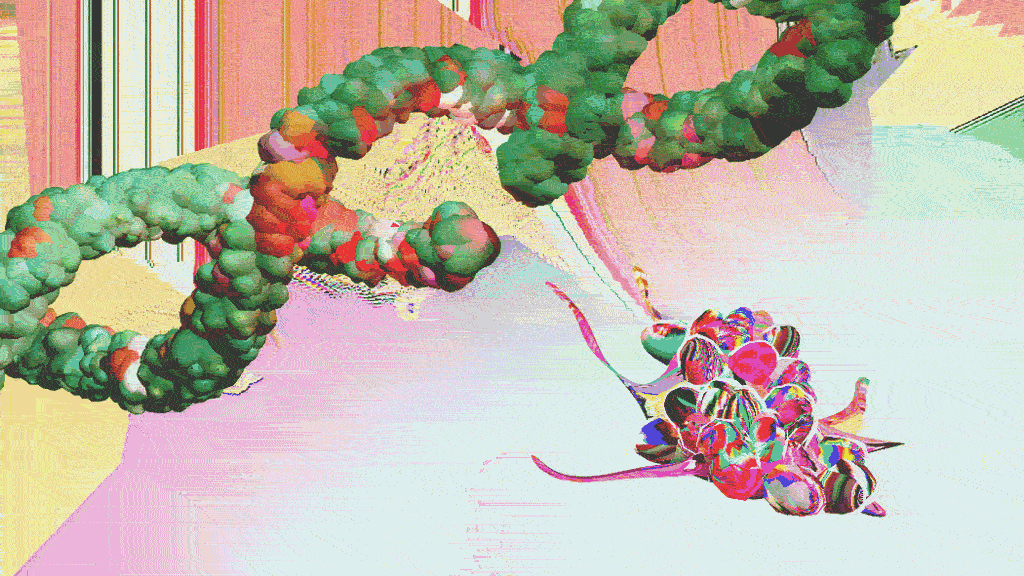The Upside of Bad Genes
There’s a well-to-do couple thinking about having children. They order a battery of genetic tests to ensure that there’s nothing untoward lurking in their genomes. And they discover that they each carry one copy of the sickle cell gene.
If their children inherit two copies of the gene, they could develop anemia, which can cause joint pain, weakness and even death. So what should the couple do?
For the last two decades, they’ve had the option of artificially fertilizing embryos and selecting only those that lack the sickle cell trait. Now a new possibility is on the horizon: They may soon be able to edit the offending gene right out of their own sperm, eggs or embryos, erasing it from their bloodline forever.
The technology that will allow this is called Crispr-Cas9. It’s relatively cheap and it permits scientists to change DNA with an ease and precision that until now has been impossible. The promise is that it will transform medicine by vanquishing previously incurable diseases. The method is probably at least a few years away from being applied in clinical settings. Still, some are already worried that, when it comes to improving our own genome, we don’t yet know enough about how genes work to wield this power without unintended consequences.
In 2015, the journal Science declared Crispr the “breakthrough of the year,” and researchers in China edited human embryos for the first time. Scientists also convened a meeting in Napa, Calif., to talk through the ethical implications of this new technology, and to draft guidelines. A fundamental issue that came up, says Jennifer Doudna, a biochemist at the University of California, Berkeley, and a pioneer in Crispr research, was that scientists really don’t understand enough about the upside of genes we consider “bad” to begin editing them willy-nilly…


